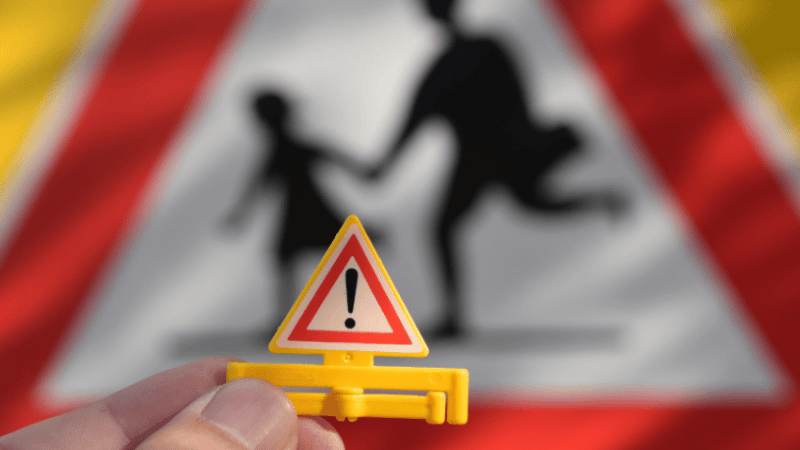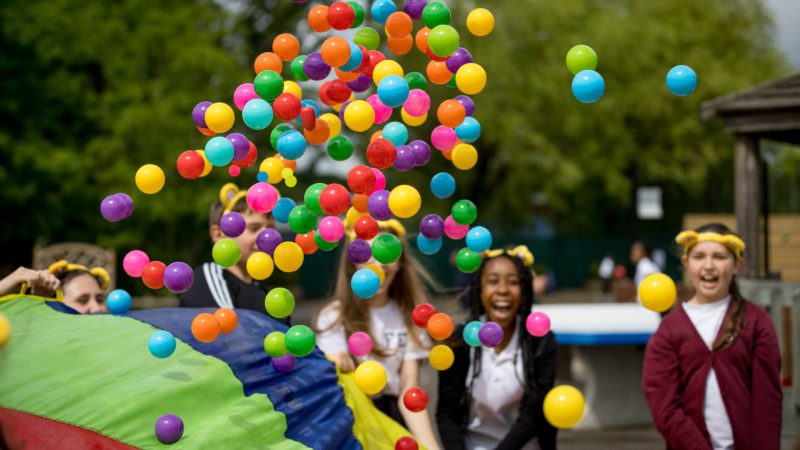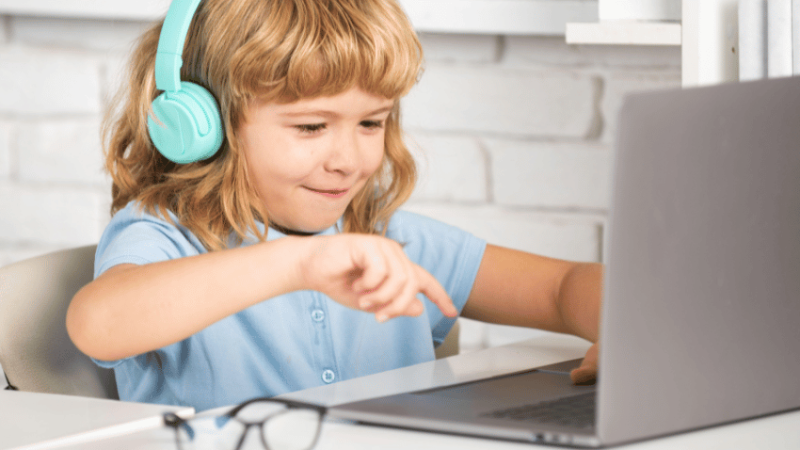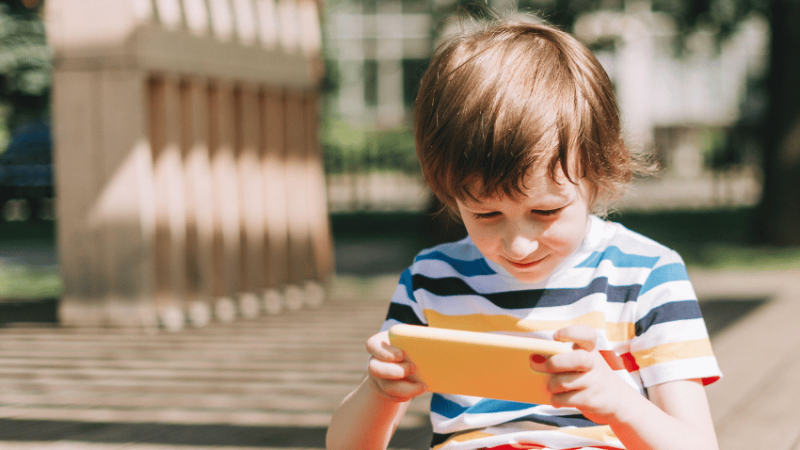Wellbeing in schools – How to look after staff and pupils when they return after lockdown

In these strange times we’re having to consider the wellbeing of pupils and staff in a way we could never have predicted, says Andrew Cowley…
- by Andrew Cowley
- Former deputy headteacher and wellbeing in schools advocate Visit website
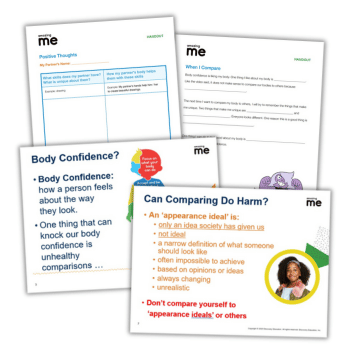
As a global community we are living through unprecedented and frightening times. The word ‘pandemic’ in itself is alarming enough, and even those with a rudimentary knowledge of history will know of the Black Death in the 14th century and the inaccurately entitled ‘Spanish Flu’ of 1918-1920.
Knowledge at the time of these two outbreaks was restricted, the first by speed and ignorance, the second by wartime censorship.
Now however, we are dealing with an international outbreak in an era of 24-hour news, social media and endless conspiracy theories.
While the whole country unites in drawing together a strategy to deal with this unusual situation, schools have to make consideration of the wellbeing of their children and staff in ways we would never have imagined and were never trained to support.
There are three factors which will help schools to manage fast changing and challenging events; being empathetic, being realistic and being proactive.
Raiding cupboards
Many schools could see closure coming, not because of the clamour to do so and the declining rates of attendance as isolation became a strategy, but because we recognised that young children and social distancing don’t sit together easily.
Cupboards were raided for books to be sent home, teachers sought means to set work remotely and rotas were hastily drawn up so only a skeleton staff remained on site.
By the time of the mid-March announcement, these schools were as ready as they could have been. Some however were not; tales of schools where the whole staff was expected to attend on the first Monday of closure abounded on teacher social media.
Teachers and support staff were as scared as the rest of society, for their own health and that of their families, older relatives and pupils.
However, in school this fear was exacerbated, given that as school staff, we were now potentially exposed to the virus even with such small numbers of children.
Additionally, we were expected to teach remotely and online, something that none of us had been trained in and only those with the time or inclination to use digital platforms could understand.
To expect teachers to function in circumstances they could never have envisaged is close to unimaginable, so to hear of teachers having to submit a daily log of their activities at home, of virtual ‘learning walks’ of their online lessons and of graded feedback indicated not only a lack of empathy but an unawareness of the harsh realities we now faced.
Fortunately there were plenty of examples of proactive thinking to more than outbalance less supportive practices:
- Identifying which members of staff had health vulnerabilities, or with loved ones with similar issues, and insisting they were left off any rota for their own protection
- Planning to give staff not just days, but complete weeks away from school
- Explicit instructions for teachers not to be in front of a screen all day setting work for their students and to look after themselves first
- Virtual staff meetings through a range of online platforms, simply to allow teachers to hear their colleagues’ voices
Fluid situation
The most proactive and empathetic workplaces make the mental, as well as physical, wellbeing of their staff a priority. There is no ‘normal’ as things currently stand and even the ‘new normal’ is a constantly shifting and fluid situation.
Of more pressing concern though should be the mental wellbeing of our children. The first week of school closure might have seemed an adventure, and for all our quips about ‘parents seeing what it is like for us’, the reality for our children is that their isolation means being apart from their friends.
The occasional video call, interaction through appropriate computer games or, if they neighbour each other, a socially-distanced conversation over the fence, isn’t going to make up for the daily interaction that playtimes and whole class lessons give our youngsters.
We don’t know how long this isolation will last. Within the first fortnight of the enforced closure, parents expressed how difficult their children were finding the situation.
Five hours of learning in school each day is supported by interaction with the teacher and each other; five hours with one parent and a differently-aged sibling isn’t going to produce the same return.
By summer the limited social contact and confinement will leave an impact we can only guess at.
If we expect our children to have a ‘normal’ school day from 9am to 3pm with digital learning, we risk making them reliant upon a screen. Many pupils in areas of social deprivation don’t have access to a computer or laptop and may not have WiFi.
Their parents may need access to the only device in the house for their own working-from-home commitments. We’ve spoken to children and parents for many years about digital safety and safe screen times, yet here we are setting work that in some cases can only be completed online.
Staggered return
The acid test for schools will come when we return, be that in the summer or September.
We will have to face a plethora of challenges that, truth be told, we needed to plan for from the outset of this crisis. Schools will have a lot of anxiety from children, parents and staff, triggered by months of confinement at home and social circumstances that few, if any of us, were prepared to face or capable of dealing with.
Resilience will have been tested to the nth degree, tempers may be short as the pressures of unfamiliar domestic regimes and the realities caused by the inevitable economic pressures begin to bite.
The harshest truth of life in the time of a pandemic is that we are going to have to deal with bereavement in school communities, more than at any time in our careers.
Can we return to ‘normal’ when the children come back? Any notion that children will walk into school and pick up exactly where they left off is naive at best.
A staggered return may suit some children better, as six months out will mean they need retraining in the means of learning and of school expectations of behaviour.
Children who normally find attendance a challenge will likewise need support. Parental mental health will have to be recognised and supported, as will that of our colleagues in the most challenging circumstances we have known.
Let’s remember too that we aren’t merely facing this examination as a school but as part of a community.
The only certainty? That the schools we come back to need to be very different from those we left behind. We began with a brief history lesson. History will judge us for our role in this story.
The schools which will be judged most favourably will be those who have at their beating heart not a spreadsheet but a strong moral compass.
Andrew Cowley is deputy headteacher at a primary school in south London and co-founder of the Healthy Toolkit Twitter account (@healthytoolkit) and blog. He is also the author of The Wellbeing Toolkit (Bloomsbury Education).






